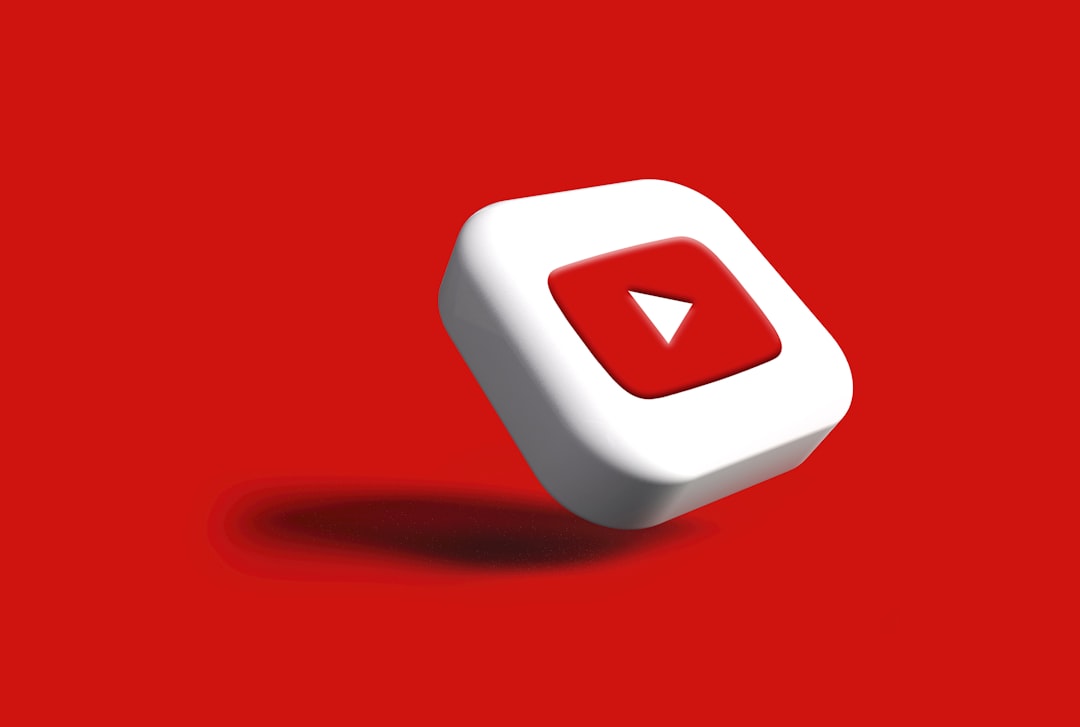Want to launch a YouTube channel but don’t want to show your face? You’re not alone. Many creators are building powerful channels without ever stepping in front of the camera. It’s totally possible, and today, we’re going to show you how—step by step!
Why Go Faceless?
Here are a few good reasons why faceless YouTube channels are becoming so popular:
- Privacy: No camera, no problem. Keep your life private.
- Confidence: Not everyone likes being on camera. That’s okay!
- Time-saving: No need to get camera-ready or worry about lighting.
- Outsourcing: Many tasks can be done by freelancers.
Now, let’s dive in and learn how to make it happen!
Step 1: Pick a Niche
Your niche is your channel’s theme. Choose something you’re interested in—or something that people love to watch. Some popular faceless niches include:
- Motivation and self-improvement
- Top 10 lists
- Tech reviews
- Gaming
- Relaxing music or nature sounds
- Animations or storytelling
Stick with one niche at first. That helps YouTube know who to show your videos to.
Step 2: Research Your Competition
Search YouTube for channels in your niche. What kind of videos are they posting? What titles are they using?
Take notes on things like:
- Video length
- Thumbnails
- Voiceovers or music
- How often they post
This helps you understand what’s working, so you can do it better.
Step 3: Plan Your Content
Decide what kind of content you’ll make. Here are a few faceless formats:
- Slideshow videos: Use images and text with voiceovers or music.
- Screen recordings: Show tutorials or product reviews.
- Animations: Use tools like Vyond or Doodly to create animated videos.
- B-Roll videos: Combine stock videos and narration.
- Gaming: Record your screen and talk while playing.
Create a content calendar. Planning ahead keeps you consistent.
Step 4: Gather Your Tools
You can start with free and low-cost tools. Here’s what you’ll need:
- Video editor: CapCut, DaVinci Resolve, or Adobe Premiere
- Voiceover tool: Audacity, your own voice, or AI tools like ElevenLabs
- Stock content: Websites like Pexels, Pixabay, or Storyblocks
- Thumbnail maker: Canva or Photoshop
- Screen recorder: OBS Studio, Loom, or ScreenRec
Set aside time to learn the basics of editing. YouTube itself is a great place to learn!
Step 5: Create Your First Video
Keep it simple. Start with a video 3–5 minutes long. Focus on good audio and clear visuals.
Outline your script first:
- Start with a hook
- Deliver value fast
- Keep the pace moving
- End with a call to action (“Like and subscribe”)
Once it’s edited and ready, upload it to your channel!

Step 6: Optimize for YouTube
Even the best video won’t do well if nobody sees it. So, help YouTube help you:
- Title: Use searchable terms. Think like your audience.
- Description: Write at least 2-3 sentences about your video.
- Tags: Add keywords relevant to your topic.
- Thumbnail: Make it bold and clickable!
Use tools like TubeBuddy or VidIQ to find winning keywords.
Step 7: Post Consistently
Consistency builds momentum. Try sticking to a schedule. You can post:
- Once a week
- Twice a week
- Every day (if you’re super dedicated!)
The key is staying consistent. That’s how you train the algorithm—and your audience.
Step 8: Build a Brand
Your channel should look recognizable. Here’s how to make that happen:
- Use the same colors and fonts in every thumbnail
- Create a logo or channel icon
- Keep a similar video format or style
- Make your intro and outro memorable
This helps you stand out and builds trust with viewers.
Step 9: Grow Your Channel
At first, you might get only a few views. That’s normal! Don’t quit. Instead, do this:
- Study analytics (watch time, click-through rate)
- Improve thumbnails for better clicks
- Make stronger hooks to keep people watching
- Ask viewers to comment and subscribe

Also, engage with your audience. Reply to comments. Ask questions. Build a community—even without showing your face!
Step 10: Monetize Your Channel
Once you hit 1,000 subscribers and 4,000 watch hours, you can join the YouTube Partner Program. But that’s not the only way to earn:
- Affiliate links: Share products in your description
- Sponsorships: Partner with brands in your niche
- Digital products: Sell courses, templates, or eBooks
- Merch: Open a merch store (even for faceless brands!)
Faceless channels can be very profitable—some even make six-figures!
Pro Tips for Success
- Quality over quantity: Better videos win every time
- Watch your stats: Find out what works and do more of it
- Stay updated: YouTube is always changing
- Stay motivated: Success takes time. Don’t give up!

Final Thoughts
Starting a faceless YouTube channel is not only possible—it’s exciting! You can build a business, share your ideas, and stay behind the scenes. With the right strategy, tools, and consistency, you can grow one video at a time.
Now you know how to do it. So, what are you waiting for? Lights, mic, action—without the selfie!






